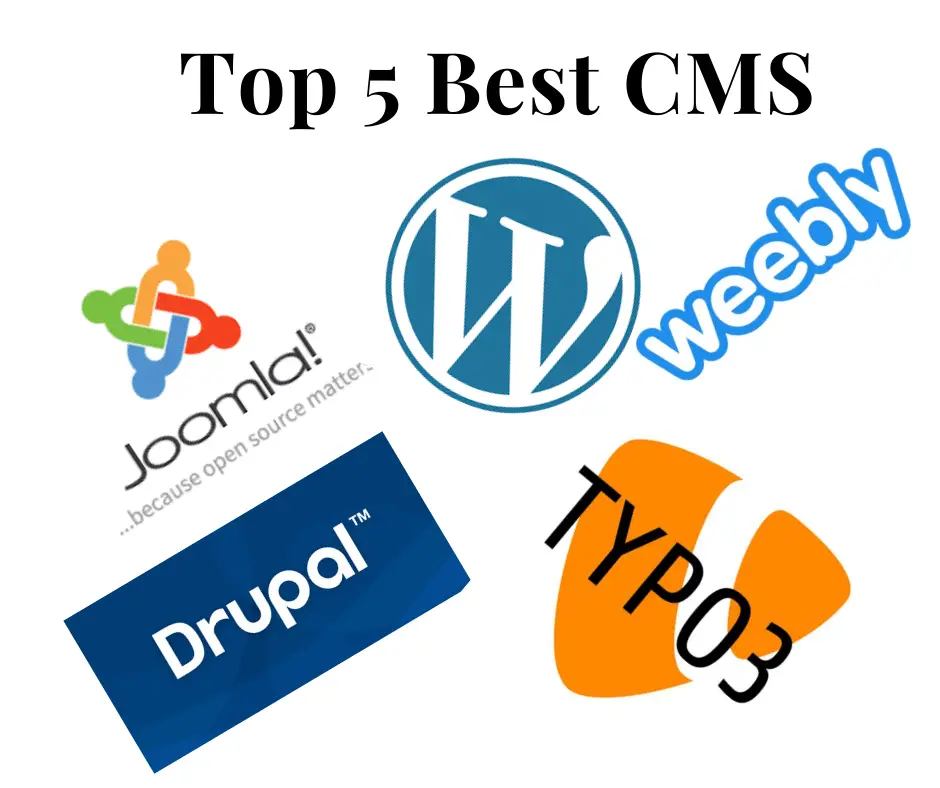What is Integrated Risk Management (IRM)?
In order to implement Integrated Risk Management or IRM, organisations must have a culture of risk awareness and technology that makes it possible to do so. By providing users with a comprehensive view of their company’s risk management, it aids in strategic decision-making and execution.
As a single platform for monitoring and managing risks (such as security threats and regulatory compliance needs), think of it this way. Even a cursory glance at a single monitor can tell you whether or not a problem has been discovered.
What Does ‘Integrated Risk Management consists?
The following characteristics must be taken into account by organisations if IRM is to be successful.
Strategy
Effective governance and risk ownership may help users enhance their company performance, but users must build and apply a framework to do so. Whenever a problem emerges in a certain system or application, they must know which team or department to contact.
Also Read: What is Wired Equivalent Privacy (WEP)?
Assessment
IRM may assist companies in identifying, evaluating, and prioritising risks. Because they are able to see all of the issues at once, they are better able to deal with the ones that represent the most dangerous and address them before they can cause any harm.
Response
Responding to hazards may be made easier using IRM. As long as businesses have well-defined frameworks, they may swiftly identify the proper mitigation procedures to address the risks they’ve identified.
Reporting and Communication
Risks and their reactions may be effectively tracked and communicated with an IRM platform. As soon as an issue is discovered, everyone in the firm has immediate access to the console. They’d also be alerted immediately if any action is required on their part. Those who are in charge of disseminating public information also know what to say and what to keep quiet about.
Monitoring
An IRM software system may also track governance objectives, risk ownership, responsibility for decisions made by the organization’s board of directors and senior management, as well as the risks and mitigation measures and controls in place to prevent or mitigate them. In this way, consumers may identify problems that could lead to financial harm.
Technology
To implement IRM, a well planned and configured architecture is an absolute must.
Why Is Integrated Risk Management Essential for Organizations?
Companies require IRM to provide the answers to inquiries such as:
- How can decisions be made in order to minimise the dangers of a situation?
- What can happen if you don’t take care of your risks?
- How may losses be avoided and success be maximised by minimising risks?
What Are the Advantages of Integrated Risk Management (IRM)?
IRM has a number of advantages for companies, including:
- Consistent and reliable information for all parties involved.
- Reliability of data used to comply with rules
- Risk mitigation due to data difficulties can be accomplished.
- flexibility in implementing and managing new structures and connections as a result of merger and acquisition transactions (M&As)
- Deliver goods and services on time by ensuring that data quality plans and measurements are defined, implemented, and measured.
- Fast recovery from work stoppages, significant calamities and the like by keeping business-critical processes active
Of fact, there are many more, but for the time being, you don’t need any more than those listed above. There are downsides to using IRM, though, and not all of them are positive.
Why Is It Difficult to Implement an Integrated Risk Management Strategy?
IRM presents both business and technological concerns.
Challenges in the Workplace
- Involves continual executive-level backing
- Budgetary issues may arise because of faulty assumptions and outputs, making it difficult to estimate expenses.
- Unless responsibilities are expressly established in the framework, identifying data owners might be difficult.
- Because of the necessity to redefine existing connections, the implementation of new legislation might be troublesome.
Obstacles in the Way
- Consistent data (formatting and compatibility) may cause issues in processing and reporting
- Choosing a solution that is dependable, scalable, adaptable, and easy to administer is essential.
Conclusion
There will be an increasing number of challenges to firms as they go digital, which can put them at risk financially as well as legally. For example, if a company fails to secure their customers’ personal information, they may be forced to pay chargeback costs or face legal action for not adhering to privacy rules such as the General Data Protection Regulation (GDPR). IRM might be used for a variety of purposes, including those listed above.
Visit Our Other Website Ans2All.




